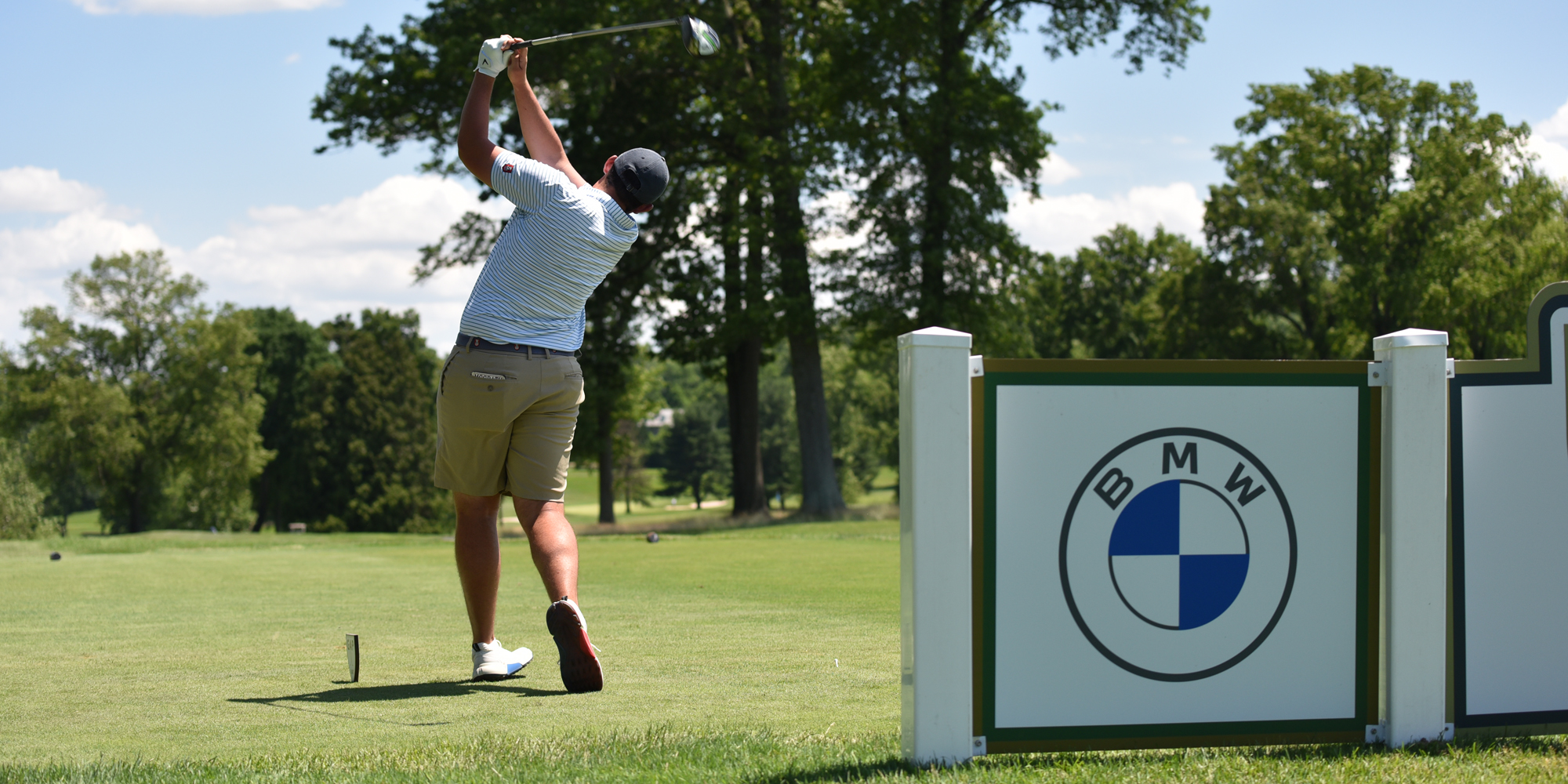*GAP Fitness: Nutritional advice to boost your round
GAP Fitness: Make sure to address and correct swing issuesBy Darin Hovis All around the world, golfers are hitting the links and playing the game they love. But could they be playing it better? The answer is a definite yes. Most of the common swing issues seen amongst amateurs can be caused by physical limitations seen in the body. I am going to discuss the most common issues seen in amateurs, how they affect the swing and how they can be corrected.
Lower Crossed Syndrome Because the quadriceps are tight, the hamstrings will become lengthened and weaken due to the imbalance. This, in turn, weakens the glutes as well. As I have discussed before, the glutes are king of the swing. Without the glutes, players will lack rotation and extension of the hips in the swing and there will be a disconnect between the lower and upper half — ultimately leading to a loss of distance and accuracy. So how do you know if you have LCS? Below is a picture of what this common issue looks like in a golfer. So how did this player achieve this? Training. The key to dealing with players with Lower Crossed Syndrome is to stretch the quadriceps and tight lumbar spine muscles along with strengthening the abdominals, hamstrings, and glutes, which are king of the swing. This is simply a muscle imbalance issue. Here are a few solutions. • Quad walks: You will walk a distance of 10 yards while grabbing your ankle behind you and pulling up to your back.This is a great dynamic stretch of the quadriceps that can be used prior to practice or play. • Side lying quad stretch: Lie on your side and flex the bottom knee to your chest. Then grab the top leg’s ankle and pull it to your back. This will stretch the hip flexors (quadriceps and iliopsaos). Hold each stretch for a 30 seconds. • Hip flexor stretch: Perform this stretch while holding onto a bed post or countertop. Flex one leg and bring the heel up to your butt. Hold your ankle with the same side hand and slowly pull to get a good stretch in those quads. Repeat on the opposite leg. Hold each stretch for 30 seconds. • Cat camels: This stretch is done on all fours. You will begin in a neutral position and then extend. Then you will arch your back to form a bridge. This will stretch out the tight low back muscles and provide mobility where you need it most. • Supine knees to chest: This stretch is performed on your back on a mat. You will simply pull the knees to your chest and slowly pull your hips and low back off of the mat. This will feel great for those tight low back issues. • Plank: Lie down on a mat face down and then proceed to a plank. Your forearms will be flat on the mat and your body should be stable. Pull your belly button to your spine and maintain a plank with your butt down. This exercise is great for core stabilizer muscles. • Medicine ball golf swings: These can be done on the BOSU ball to work on balance. Beginners should do this progression on a stable surface. Watch here. • Knee flexion: These will be done on a machine. The axis should be through the middle of the knee. Flex the knee fully and then slowly return to starting position. Perform 60 pounds on this exercise if you are doing 90 on the knee extension to maintain the 3:2 ratio. This ratio optimizes function at the knee and reduces chance of injury. • Scorpions: These are a great hamstring and glute exercise and will create a lot of mobility in the spine and hips. Find a mat and get onto all fours. You will first kick straight back with one leg and then fully rotate to the opposite side. This creates a lot of mobility in the thoracic spine and will keep you flexible. • Side bench step ups: These will be done with or without dumbbells. You can decide. You will begin by standing directly besides a bench and then side step up onto it. Maintain you balance and then slowly lower yourself back down to the floor. This is a great exercise for the gluteus medius, which acts similar to the deltoid of the shoulder. • Wall squats with medicine ball: This exercise is done with a wall, stability ball or a weighted medicine ball. You will put your low back against the stability ball placed against the wall and then assume a sitting position as if you are lowering into a chair. The wall will stabilize your posterior. Then, place the medicine ball in between your knees and squeeze. This will limit quadriceps contraction and allow the glutes to do all the work. Perform a regular squat with focus on all of your weight going through your heels. Perform these exercises once a day for one week and you will begin to see improvements in posture, function, and your golf game. Darin Hovis is the owner of Par 4 Fitness in Naples, Fla. He is a Titleist Performance Institute Certified Golf Fitness Professional and ACE certified personal trainer. Visit www.par4fitness.com for more information on programs and golf fitness.
|
About
Founded in 1897, GAP continues to champion golf for the benefit of the game in its region and beyond.
About HomeA Walk Through Time
GAP is the oldest state or regional golf association in the country. It started courtesy of a friendly competition – the Team Matches – and has grown into the preeminent golf association in the country. Along the way, golf history has been made.



